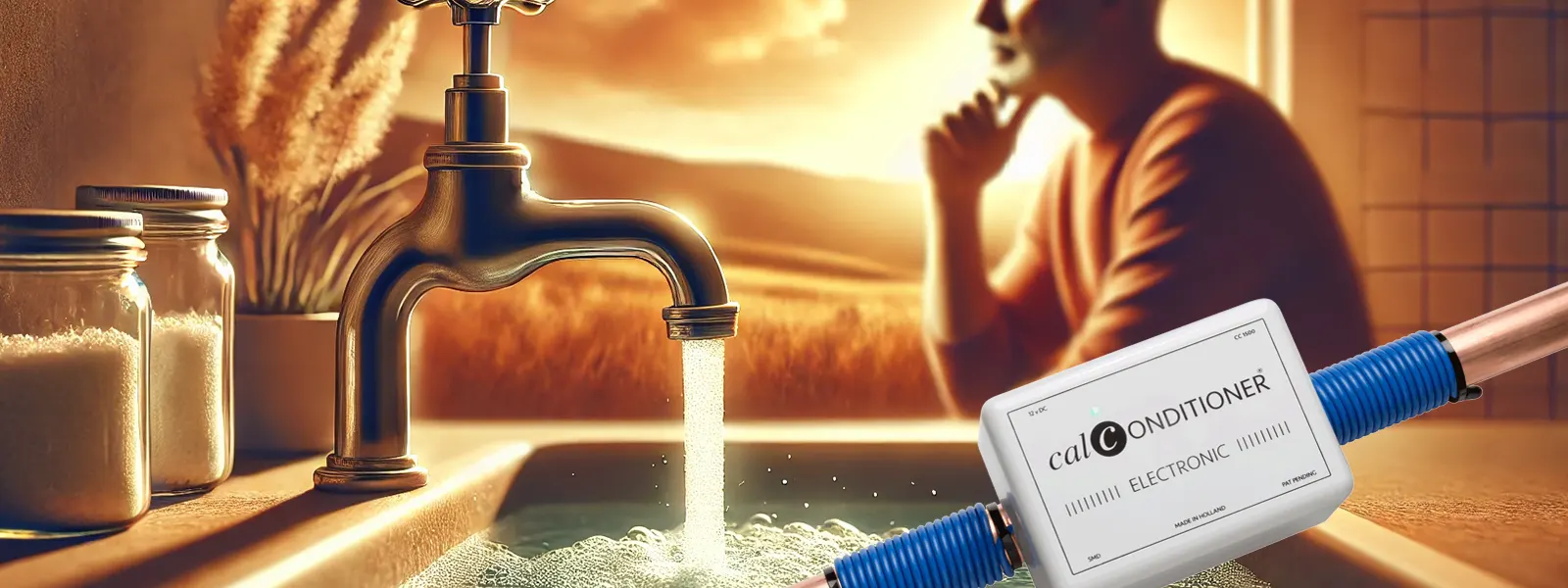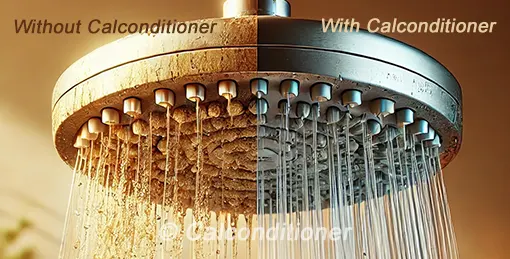
How Does Limescale Form?
What is limescale and how does it form in household appliances?
When water is heated, the bicarbonate ion decomposes into carbon dioxide, water, and carbonate ions. This process reduces the solubility of calcium in water, leading to the precipitation of calcium carbonate, which adheres to surfaces. This phenomenon is particularly noticeable on hot surfaces, such as the bottom of a pan or the heating element of a kettle. This deposition of calcium carbonate is commonly referred to as limescale or boiler scale.
The minerals responsible for limescale, such as calcium and magnesium, are essential for human health. Removing these minerals from drinking water may have unintended health consequences, as they contribute to the intake of vital nutrients.
What problems can limescale cause in appliances like kettles and showerheads?
Limescale can lead to reduced efficiency, higher energy consumption, and shortened lifespan of appliances such as kettles and showerheads. In kettles, it can affect the taste and odor of water. In showerheads, limescale can reduce water pressure and disrupt spray patterns, leading to a less pleasant shower experience.

How can limescale be effectively removed from household appliances?
Limescale can be removed using vinegar, citric acid, or special descaling agents. These agents dissolve the limescale, ensuring a clean and well-functioning machine. However, note that special descaling agents are often harmful to the environment. Therefore, it is advisable to use natural alternatives like vinegar or citric acid where possible.
What are the benefits of regularly descaling appliances?
Regular descaling ensures that appliances continue to work efficiently, save energy, and last longer. The layer of limescale that forms on the heating elements of your appliances acts as an insulating blanket, causing the element to function less effectively and transfer heat more slowly to the water. This results in longer heating times and pure energy loss. Additionally, descaling prevents unpleasant odors and bad tastes caused by limescale.
How can limescale be prevented in household appliances?
Limescale can be prevented by using water softeners, filter cartridges, or regular descaling. Using soft water instead of hard water can also help reduce limescale formation.
Summary
The minerals that cause limescale are essential nutrients for your health, so it is not desirable to remove them from your drinking water. However, since limescale is unwanted and unhygienic, it is important to prevent or remove it for a clean and safe living environment. A water conditioner can prevent limescale in both residential and industrial settings.
For further details and to explore the benefits of the Calconditioner water softener, visit our webshop and view our instructional videos. With easy installation and long-term solutions for limescale, Calconditioner offers an eco-friendly and cost-effective way to maintain your appliances and improve water quality in your home.
Sources: Wikipedia, Kalkaanslag.nl